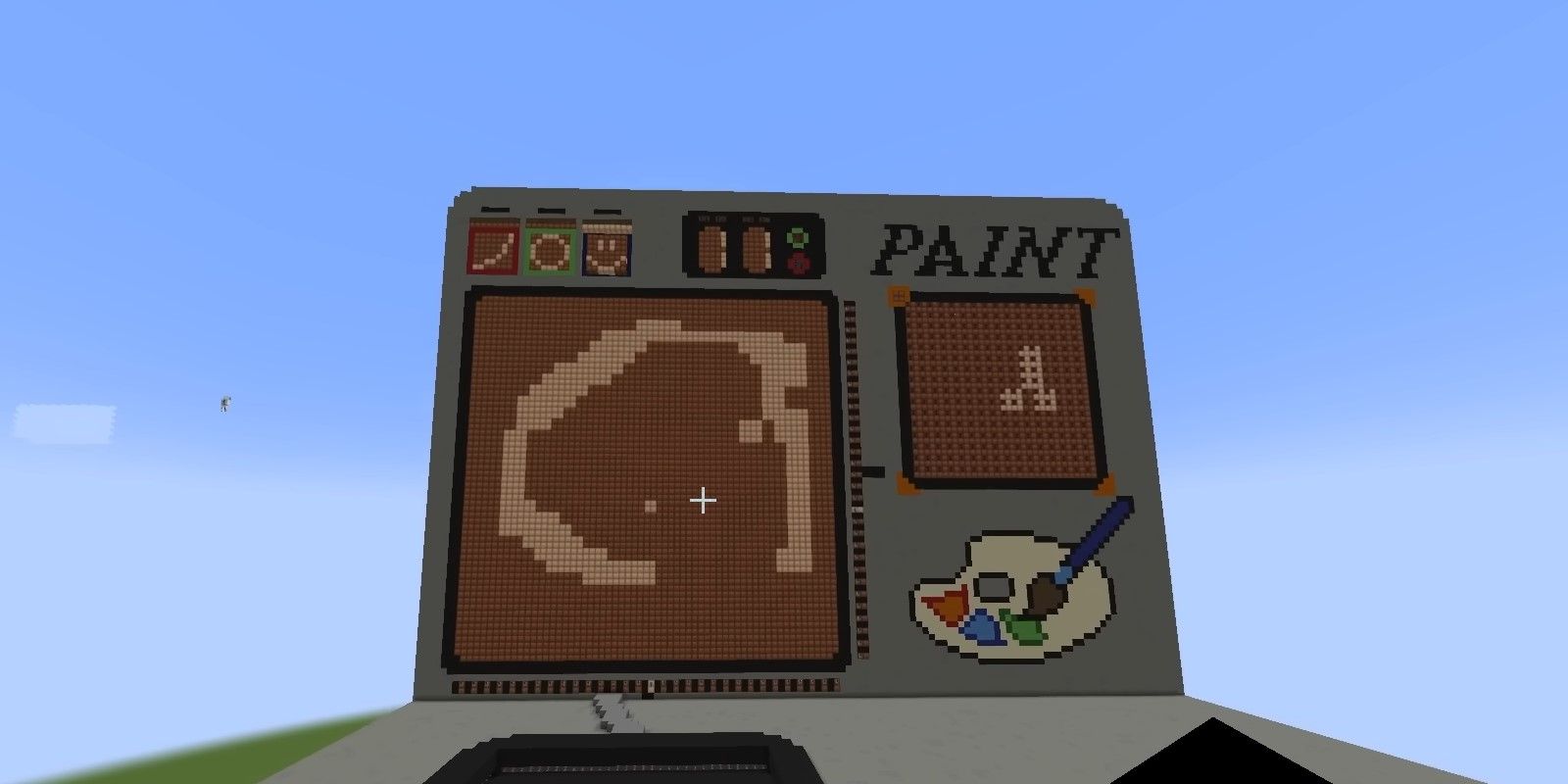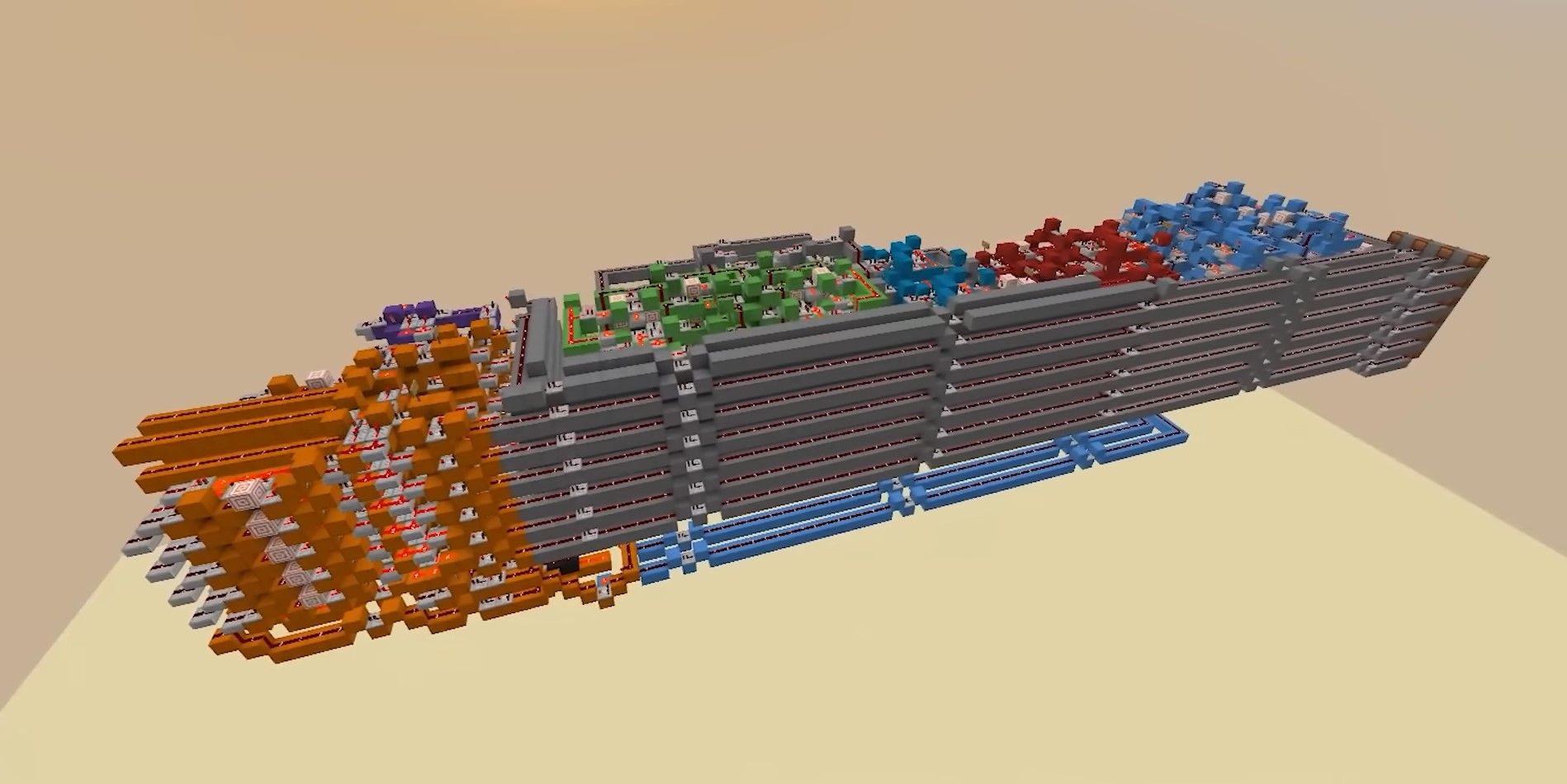When the first version of Minecraft was released back in 2011, few, if any, could have predicted the scale of some of the projects that players have been able to create. From a complete recreation of every Pokémon region as one enormous map to a depiction of Van Gogh's The Starry Night, things have come a long way from the first dirt houses of the early 2010s.
Although building increasingly epic projects in huge teams continues to be almost uniquely popular, there is a sub-community of builders who prefer to focus on more technical creations. The introduction of Redstone in the 1.5 update of the same name opened up the game for far more complex designs than ever before. For those unfamiliar, it essentially functions as a power source, allowing players to alter blocks after triggering a switch connected to another block via Redstone circuitry.
YouTuber Mattbatwings has extensive experience creating projects that take advantage of this mechanic, including an impressive version of Flappy Bird. With that in mind, this version of MS Paint is similarly ambitious -- it includes all the tools users would be familiar with, like the line, circle, square, standard brush and sprite tool. To compound just how spectacular this is, Matt and his collaborator on this project, Sloimay, managed to achieve all of it in just 24 hours.
In order to create everything, the players first had to devise a method of inputting the instructions into the system, so the display knows what to show. For the brush tool, they rigged a series of tripwires around a huge square platform. This allows the computer to recognize which wires are being tripped on both the x- and y-axis, giving an input coordinate for the display. This information is transferred across to the display with the most complicated part of the build, the encoder, which had to simultaneously interpret every x and y input to account for the fact that players can stand on more than one input square at any time.
The line tool takes advantage of one of Matt's previous creations, the multi-line renderer. In this case, the user inputs two coordinates as binary numbers before the "computer" automatically draws the straightest possible line between those two points. The circle and square tools are noticeably different because they do not take advantage of real-time calculations. Instead, the players created a read-only memory that stores five different sizes of both shapes. In turn, the user selects the shape size they want before the memory finds the shape in its files and renders it on the screen. This was also the only tool that took advantage of coding outside of Minecraft, with the ROMs being generated via a bitmap outside the game.
The result of all of that effort is a hugely impressive demonstration of the capabilities of Minecraft in the right players' hands. A system of circuitry readily available has made the creation of almost any modern consumer electronics and software a realistic possibility. With Microsoft adding several new features for players more interested in the game's survival aspects, its almost uniquely universal appeal does not look like it's slowing up any time soon.


